What is Gravel? The 3 Most Common Types You Need to Know

I get questions asking what is gravel because gravel is something you probably never think about. Then, when you do any outdoor project, you need to think about it.
So I wanted to show you the differences between the most common types of gravel that we use in our area in the deep South Gulf Coast, what they're used for, what I would use them for as a designer, and what I wouldn't use them for as a designer.
Table of contents
Types of Gravel
The one that is sitting in front of me is what I would call crusher run (or crush and run). It is a very finely crushed limestone.
Next is what's known in the industry as number 57. This is also a crushed limestone, but it's not as finely crushed as the first one.
Then, finally, we have the beloved pea gravel. Everyone loves their pea gravel.
Pea Gravel
Pea gravel, of course, can come in different colors—browns, grays, and a mix of colors in between.
When it comes to landscaping, I believe that pea gravel is only suitable for French drain systems. French drain systems, of course, go underneath the ground. No one is walking on it. No one's driving on it. No children are getting it stuck in their shoes or picking it up and throwing it. It's not getting stuck in lawnmower blades.
All the reasons why using pea gravel is usually on my no-no list, but it's suitable for underground French drain drainage.
Number 57
Now, let's talk about this guy right here. This is the number 57. You'll always see this one used as driveway material, which is what it's great for. It can handle a lot of traffic. It's also used in situations like drainage, and I highly recommend this material for any time you do a dry well.
If you don't know what a dry well is, it is this large basin that you put underneath the ground and fill with a material like this that will allow water to be held underneath the ground. This allows for water to hang underneath it. It won't lock together, so that's good for your drainage underneath the ground.
So, the pea gravel and the number 57 gravel are good drainage materials. They'll put this behind a retaining wall, that type of thing. I have seen many people use this material for their fire pit areas as it's more cost-effective than other landscaping materials.
Getting a load of gravel is pretty inexpensive compared to a paver, concrete, or something like that. So I understand it from the cost-effective perspective, but I would ask you to consider the crusher run, instead of the limestone because this is hard underfoot. It's not comfortable to walk on, even with shoes on.
It's good for a driveway because, eventually, the driveway will break it down to some extent. It'll push it in and get flat, but you won't achieve that soft, even surface in any pedestrian walkway or a fire pit area. Also, it can be a trip hazard if it's not packed down well.
Crusher Run
So let's talk about the crusher run. This will be my winner and favorite for any situation with a pedestrian walkway or a fire pit area. This stuff essentially packs together tightly to where it's almost like concrete.
When properly installed, it is poured in and packed down with, as we affectionately call it in the business, a wacker packer. And so it's nice and smooth. The rain will wash off of it. It's not going to run away from you.
This item is not to be used in a dry well or any drainage situation. They'll use it as a base for patios made of pavers or bricks because it is compact, nice, and solid but not to be used for any drainage situation. This does not allow water to run through the way these two materials genuinely do.
What is Gravel?
So be careful when you're choosing a material and be careful when you're hiring someone that they're using the right material because it does matter as to how your project is going to end up.
There are some design elements, of course, and color and things like that, but ultimately, you want to ensure that you do not end up causing more runoff or drainage issues than you already have.
Hopefully, this answers your "What is gravel?" question. What are your plans for using gravel in your landscaping? Share your ideas and projects in the comments below.
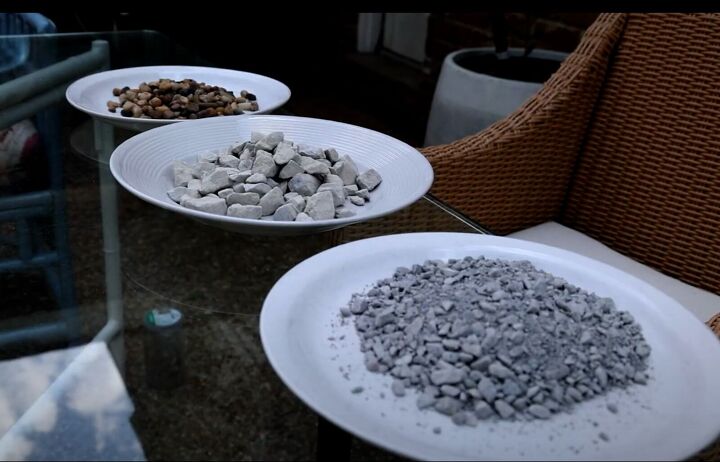






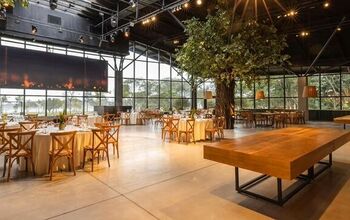




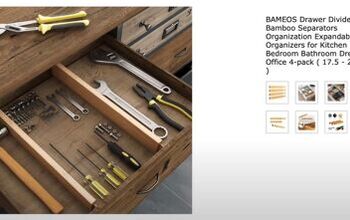



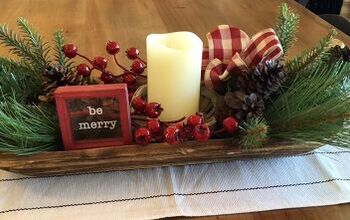






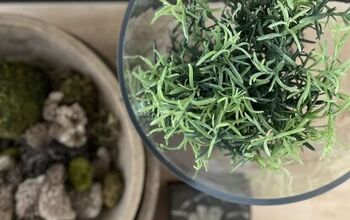

Comments
Join the conversation